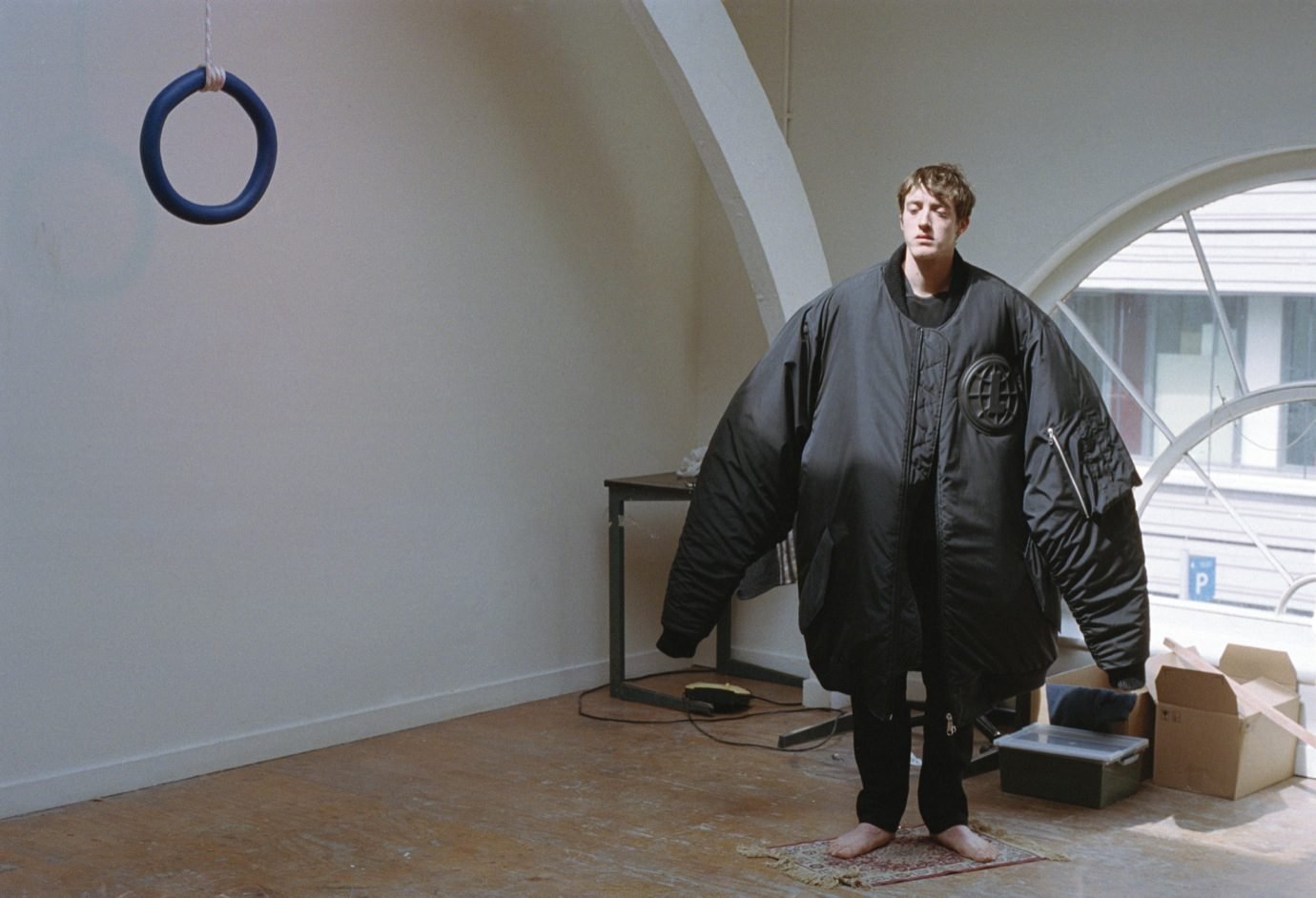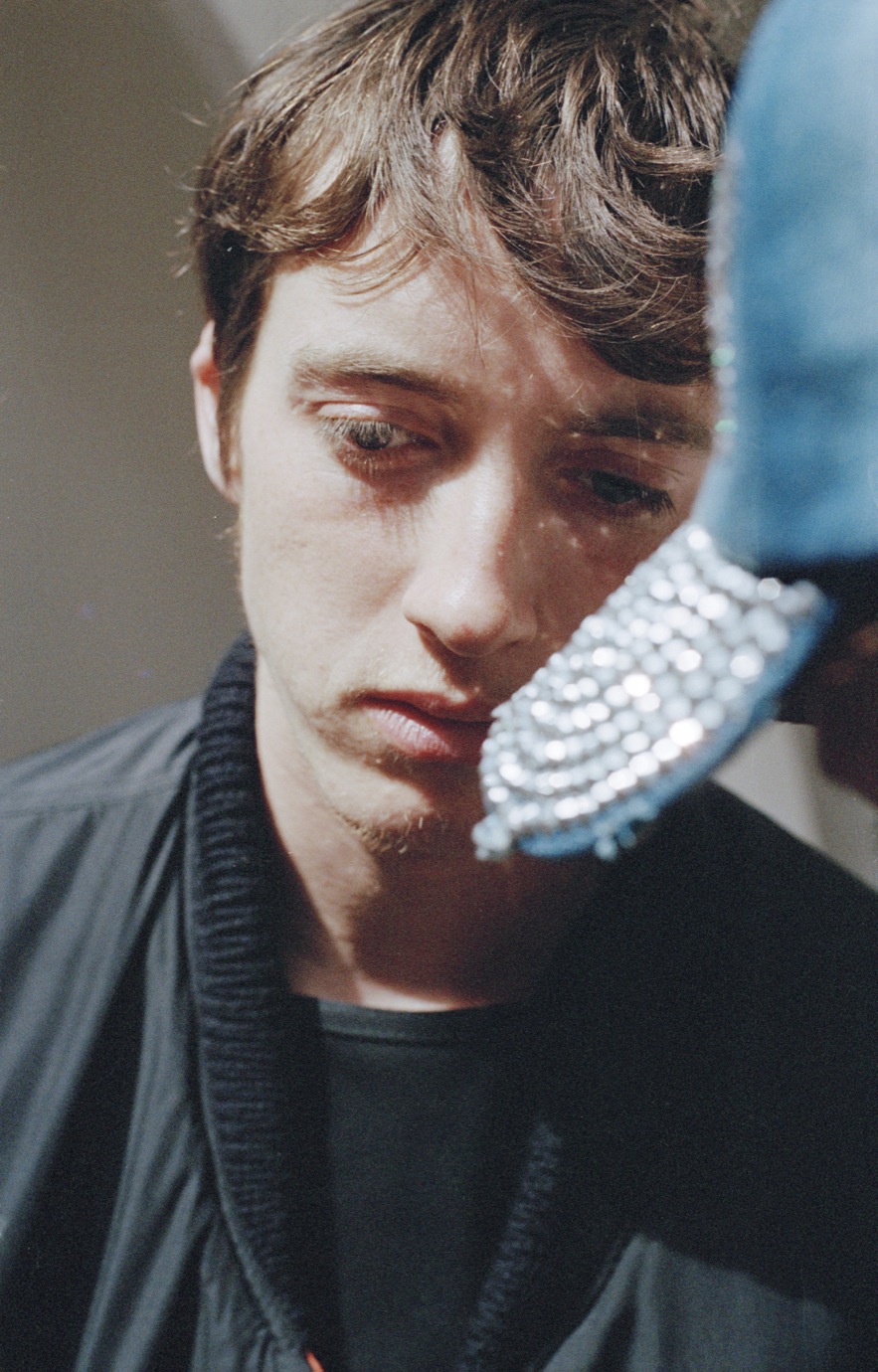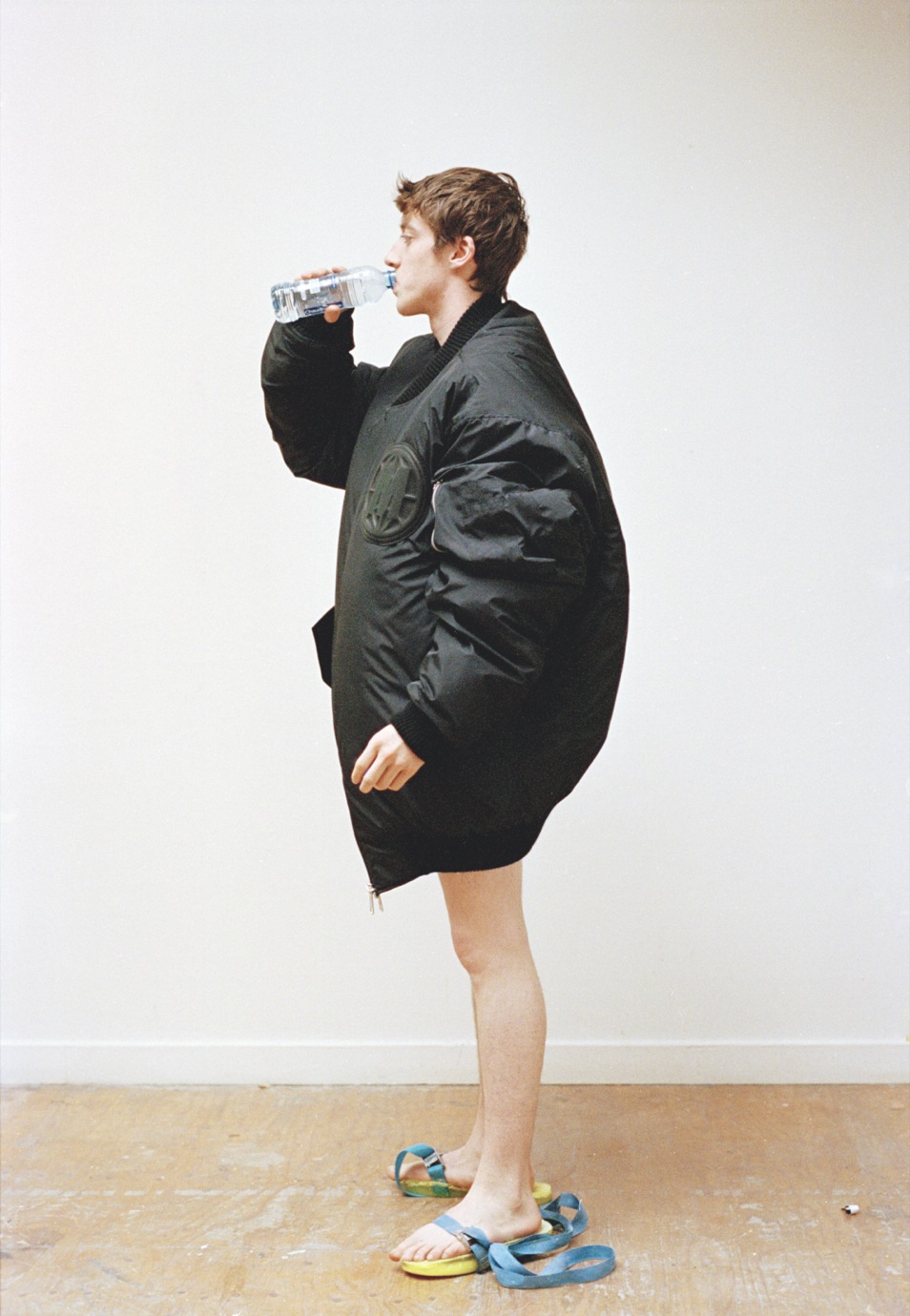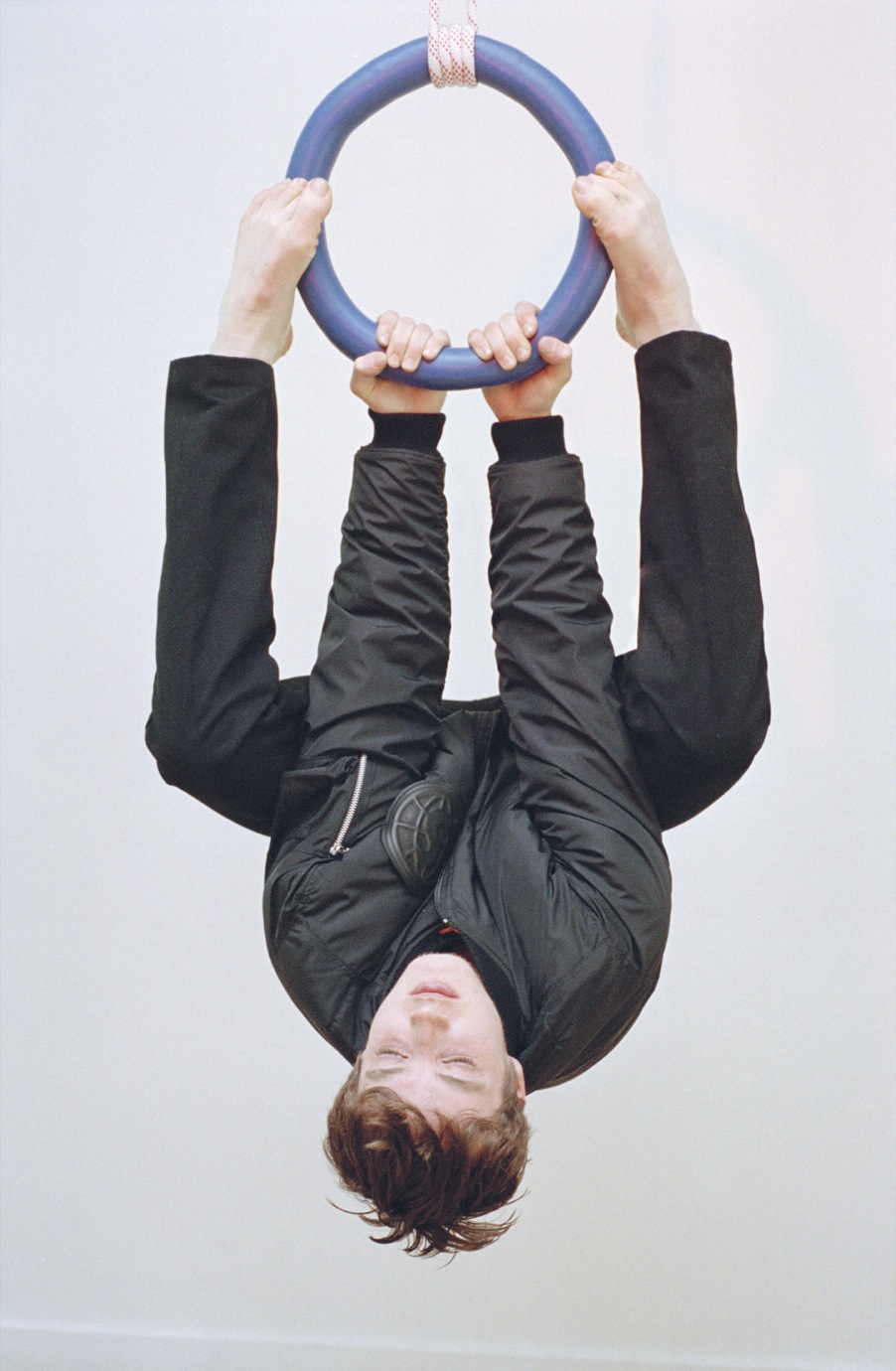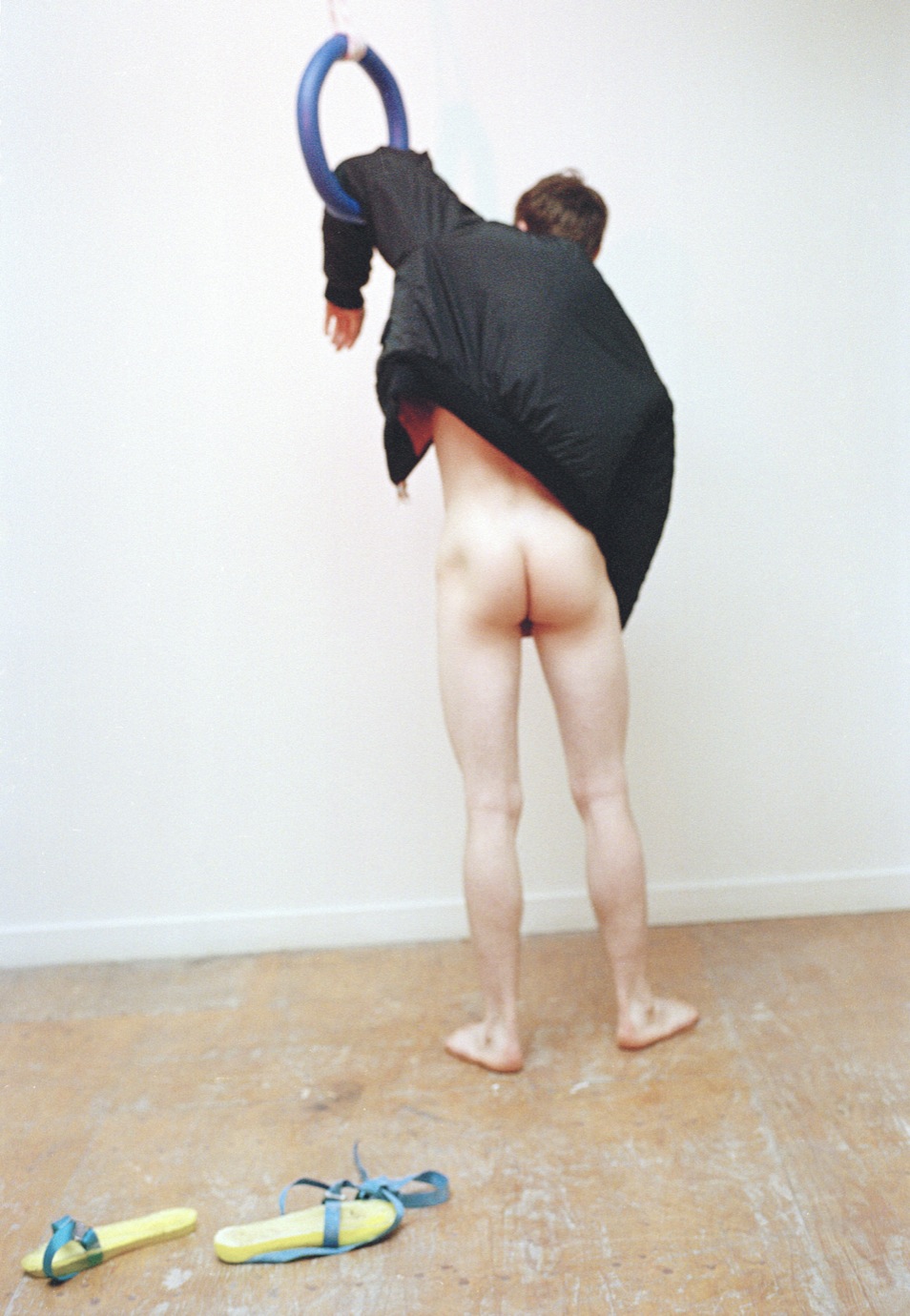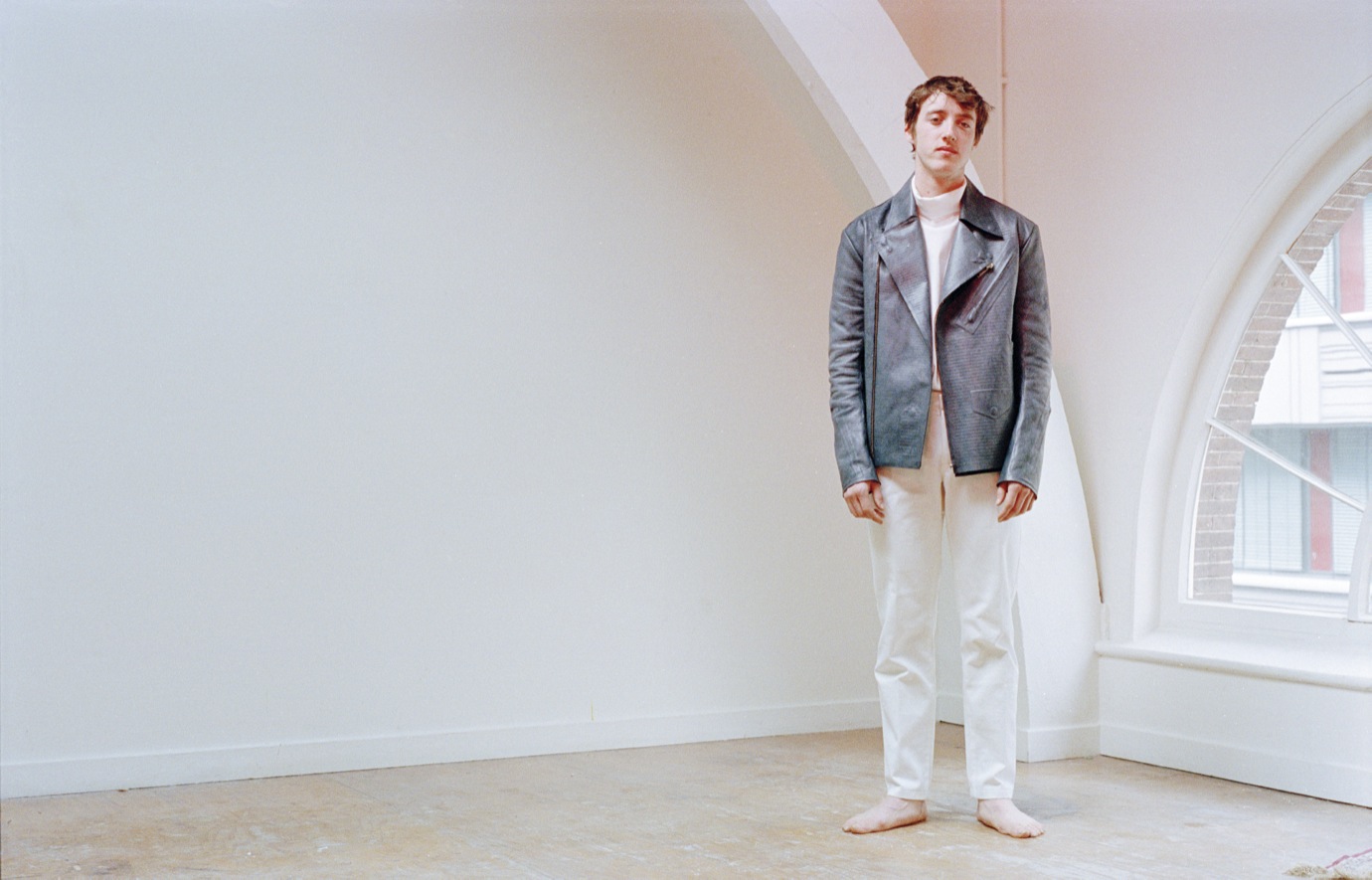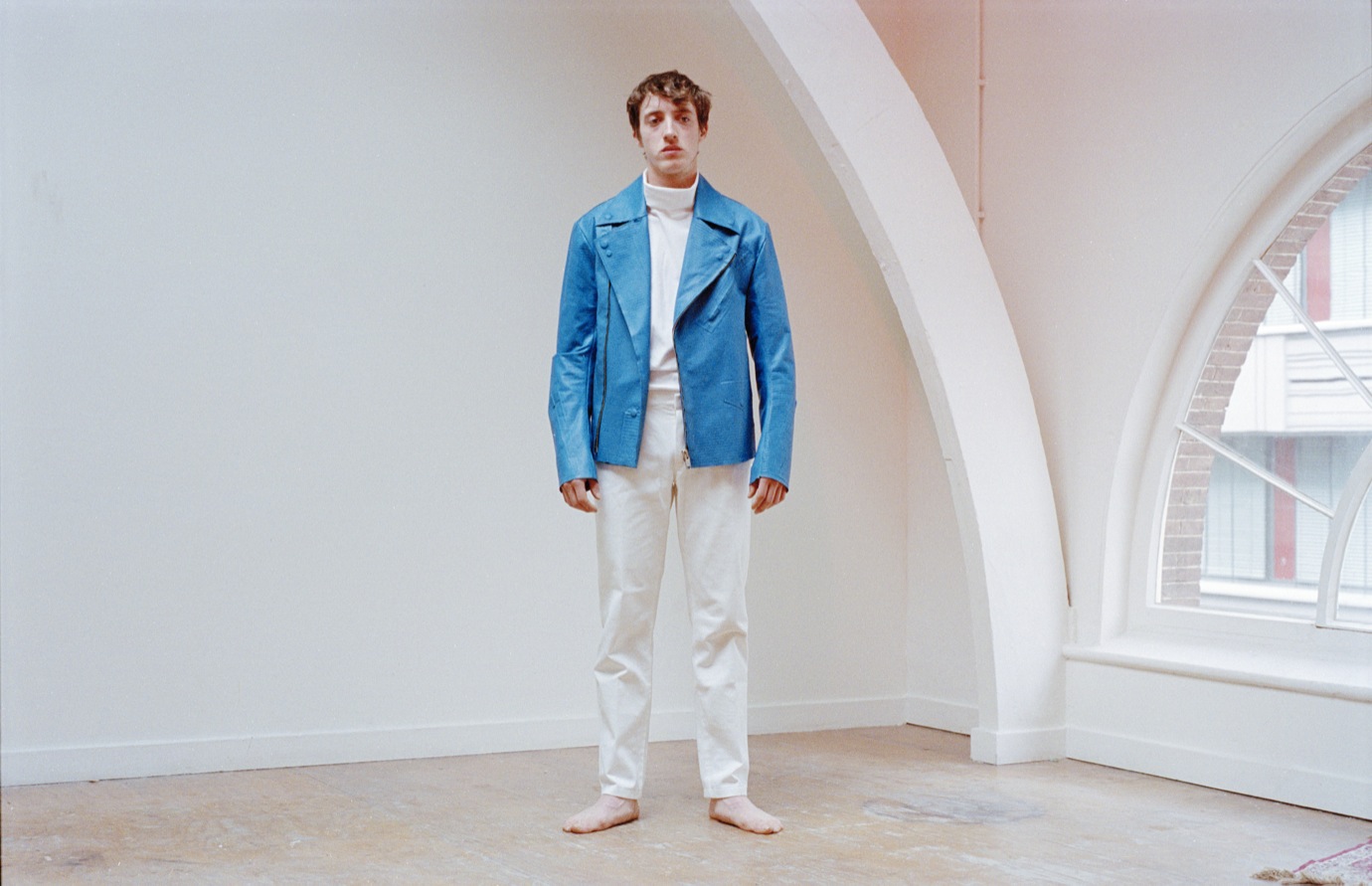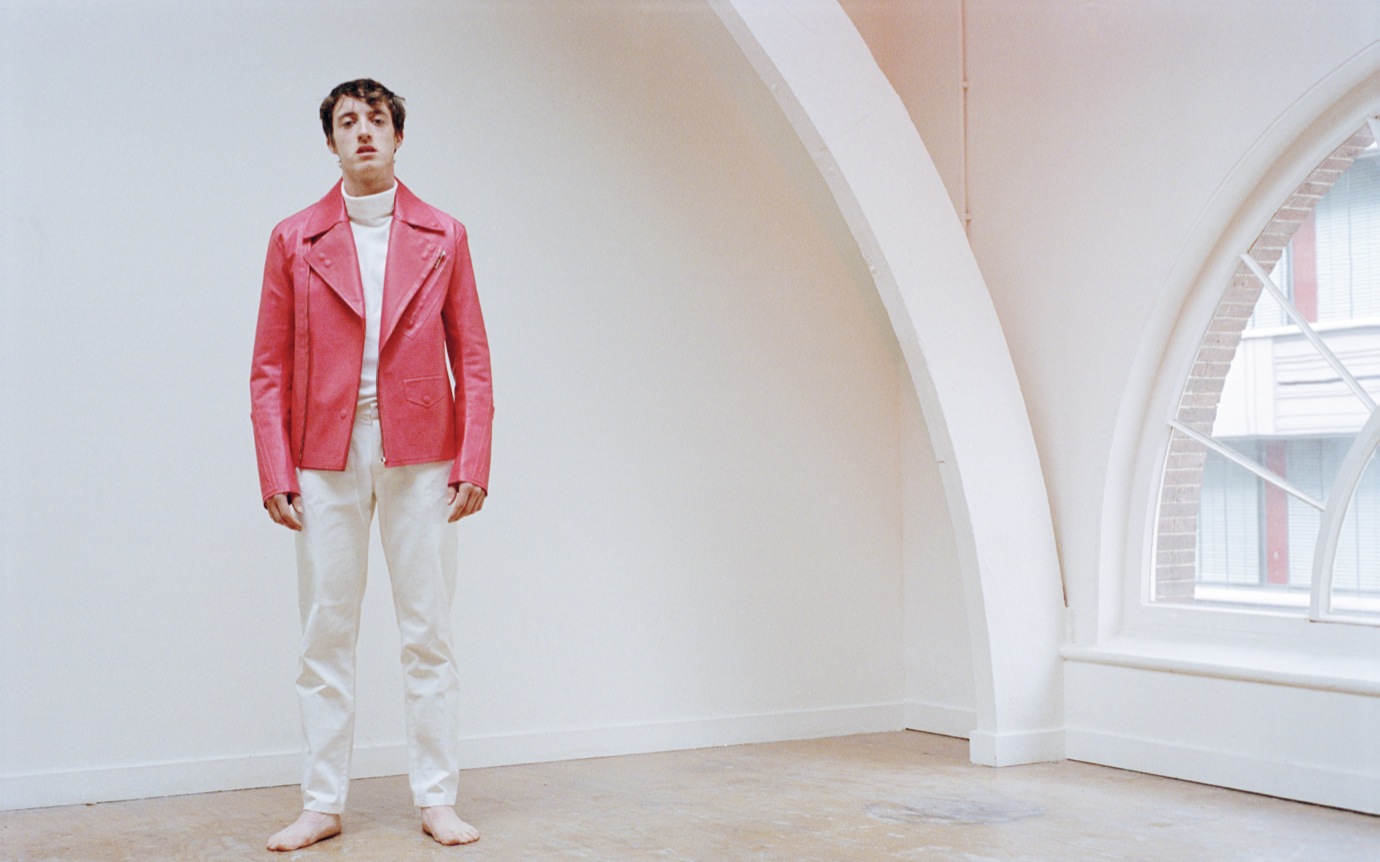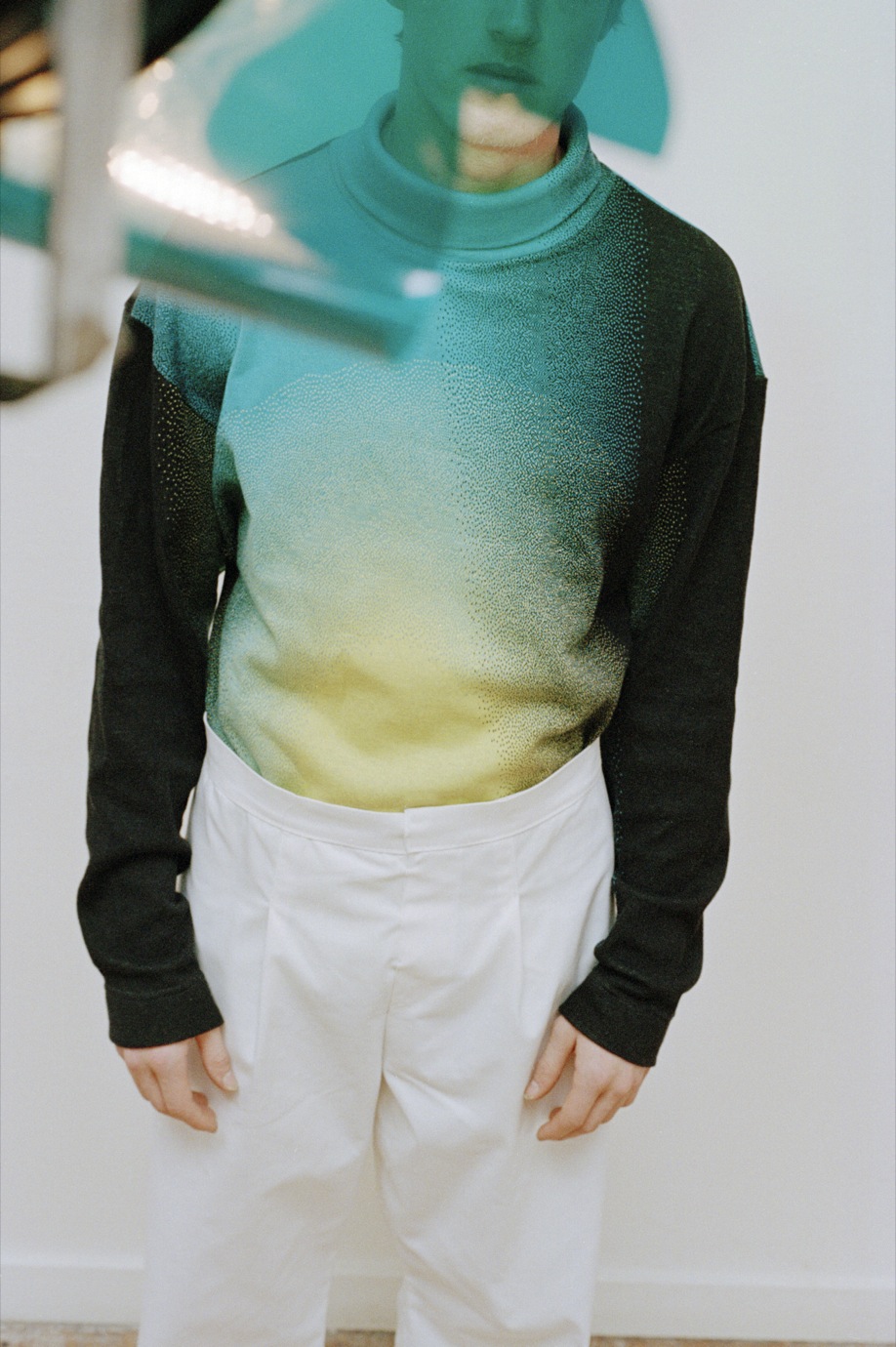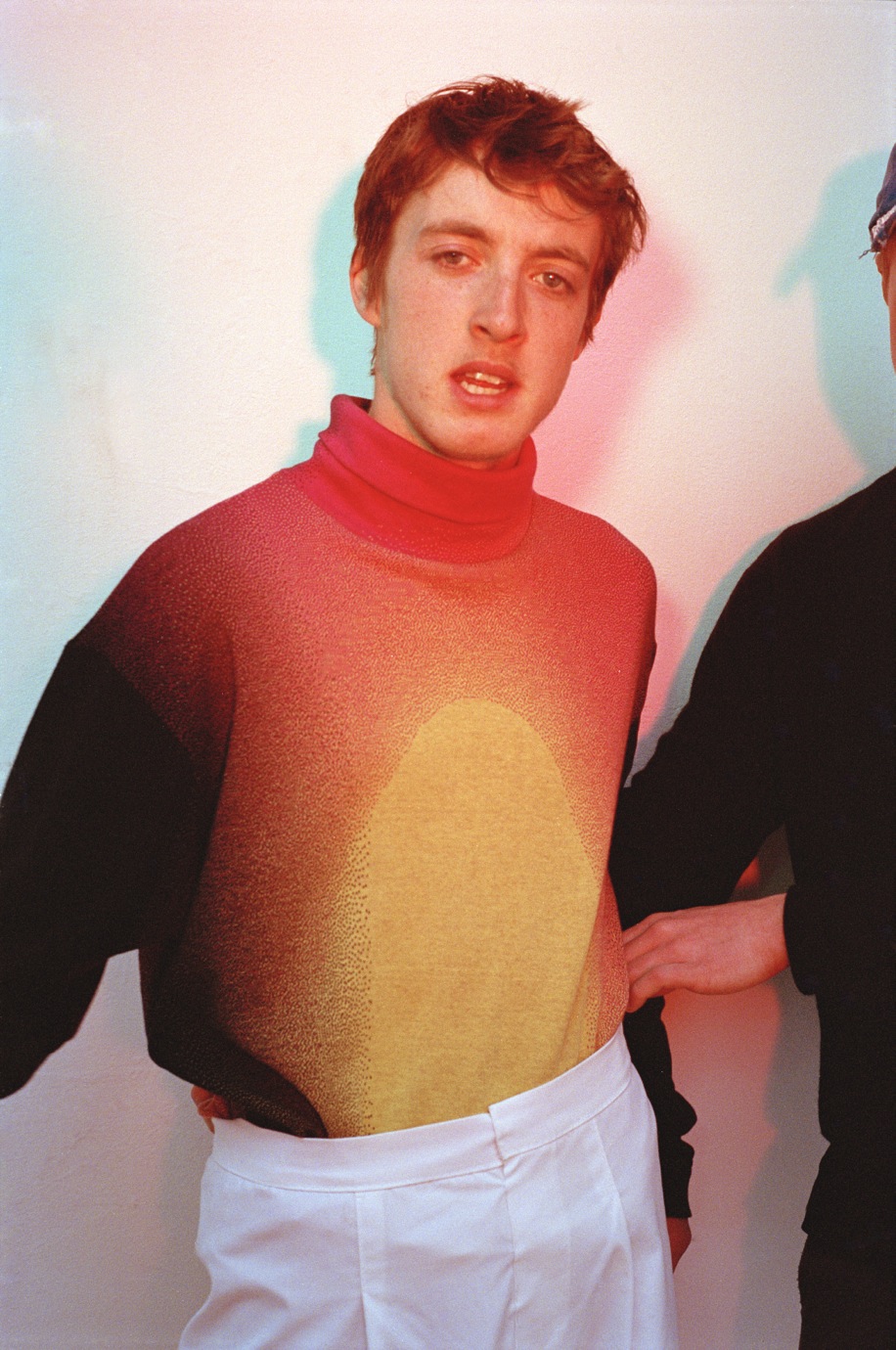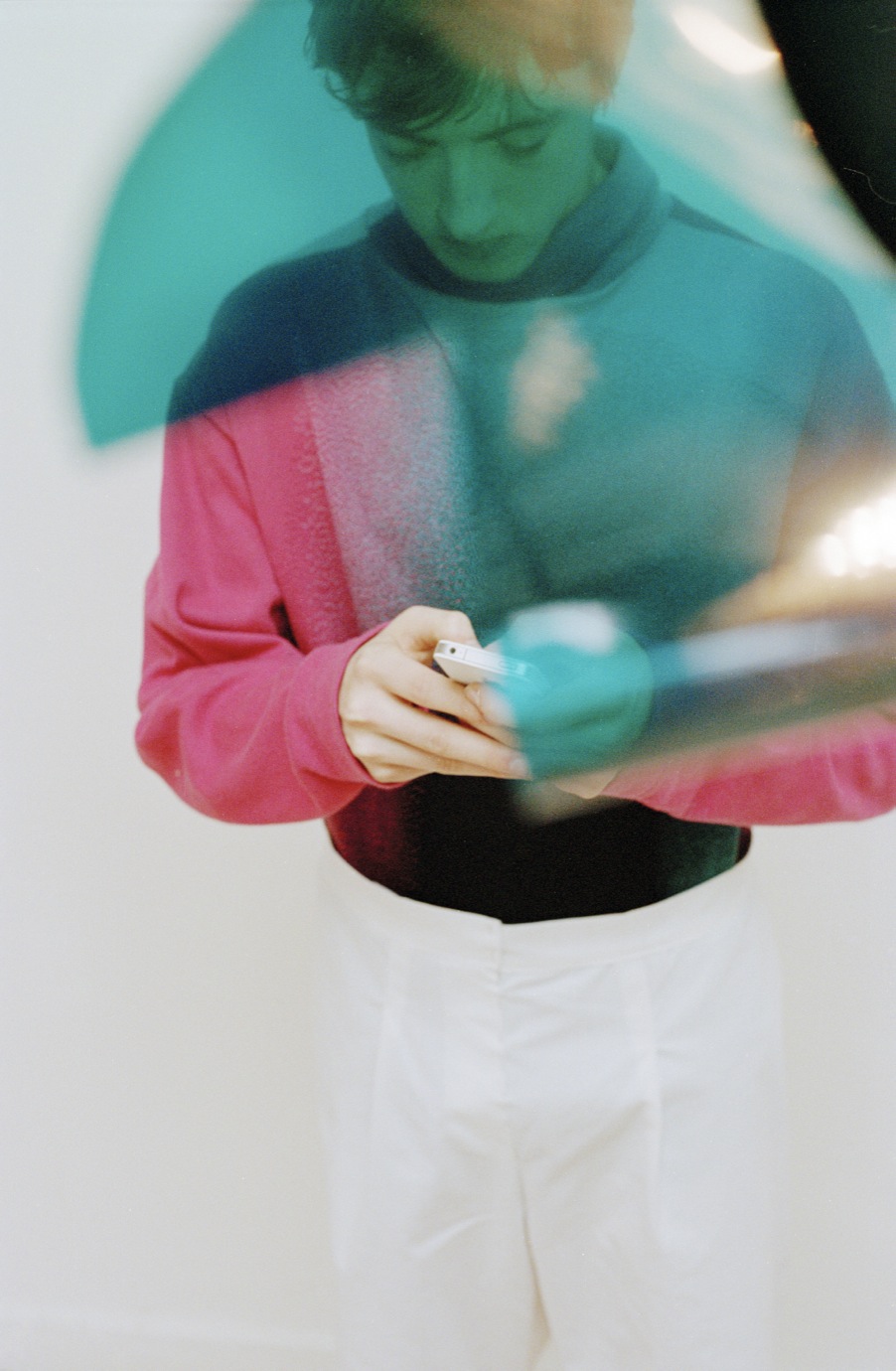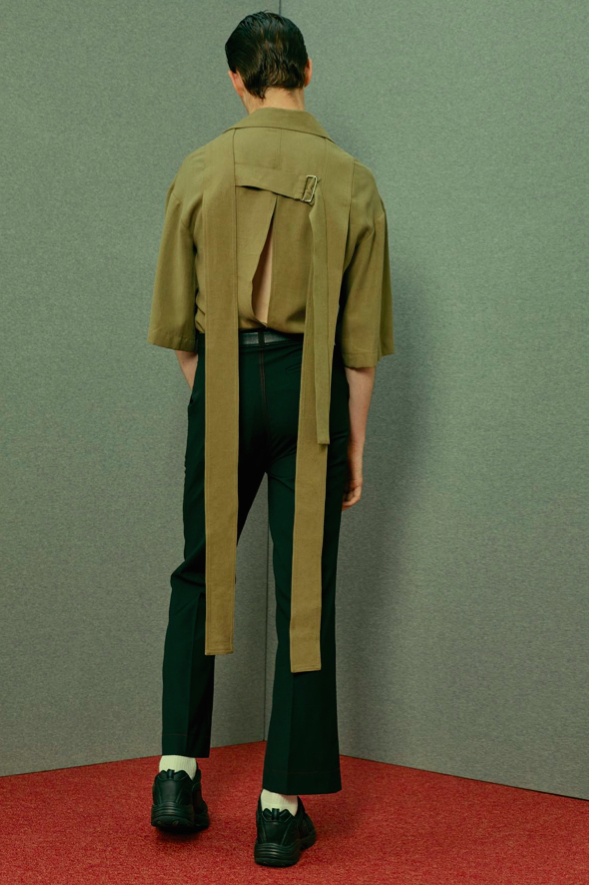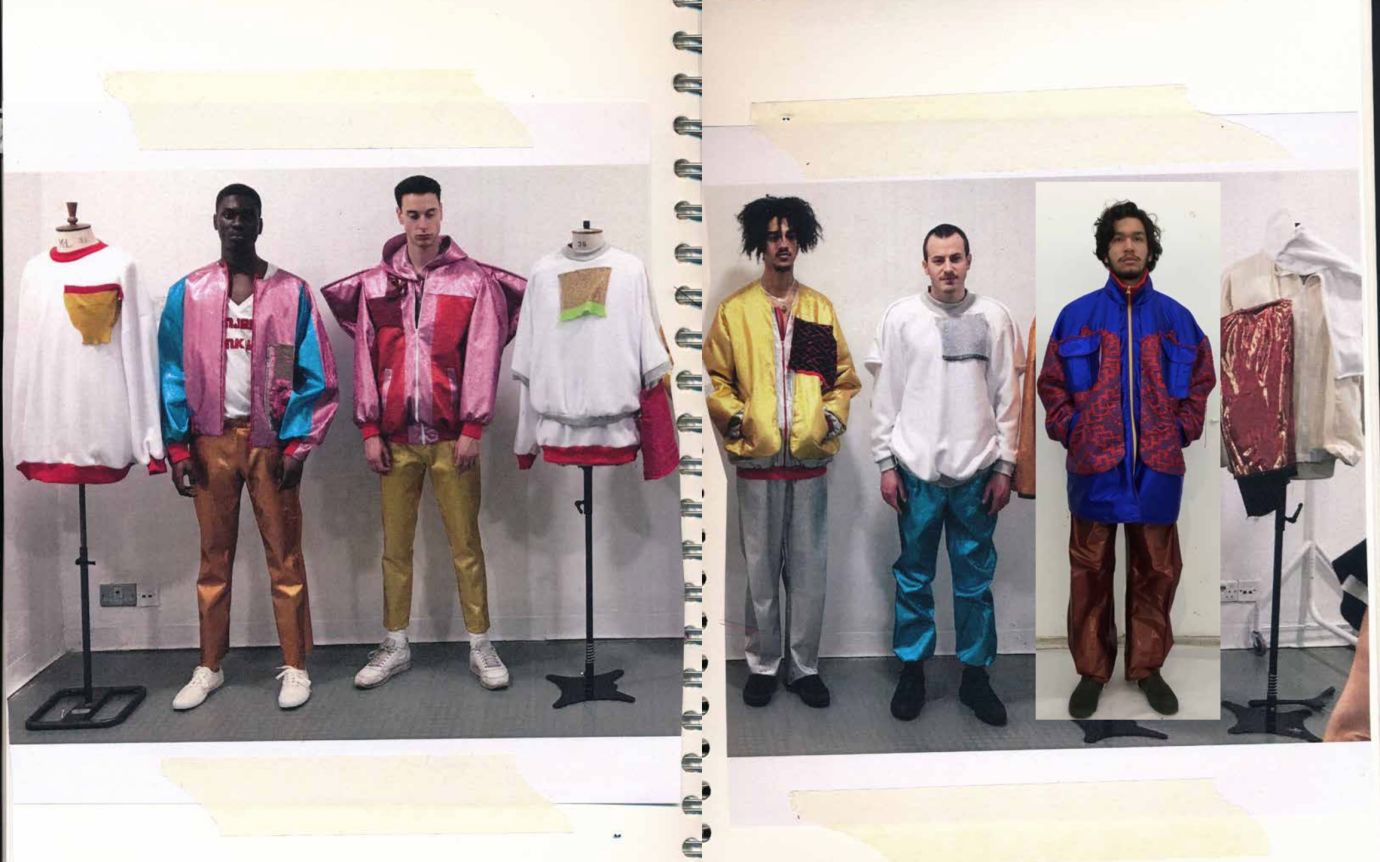“MY WORK FOCUSES ON A CONCEPT AS CLEAR AS IT GETS – THERE’S NO FANTASY. WE LIVE IN A TIME WHERE COLLECTIVE CONSCIOUSNESS HAS DICTATED US INTO MULTIPLE IDENTITIES. YOU NEED TO DECONSTRUCT SOCIETY TO UNDERSTAND MY WORK THOROUGHLY.”
As the only German pursuing his bachelor degree in ‘Textile and Fashion’ at The Hague’s Royal Academy of Art (KABK), Fabian Bredt presented his graduate collection in fluent Dutch. He spoke with no accent, and the Dutch throat-like “g” came out of his mouth, as if he was born with it. No one would have thought that Bredt hails from Darmstadt, Germany — a picturesque city just outside Frankfurt am Main. The question of identity has always been a curious thing for the 26-year old menswear designer as he unravels “Identity 3.0” for his graduate collection. “This generation is still figuring out their collective identity by taking on various identities. We have to form a new youth movement that is not only based purely on shallow aesthetics, but questions where we are heading with our society. It should question the rapid changes of our times and use its opportunities in the best possible manner.”
Fabian Bredt’s collection discussed the role of the Internet in democratising fashion through our constant attachment to Facebook while redefining our relationship with the industry one step at a time. Inspired by smartphone apps by, for example Nike or Adidas, we live in an age where one can customise his/her own design and have it delivered within weeks. This vision was executed through imprinting CMYK colors on his garments, visible mostly in his sought-after pixelated sweaters. “In the 70s, 80s, or 90s, we had to associate ourselves with one specific group, but now we can be someone else every two seconds. I want to visualise this idea in Identity 3.0. For example, the Bomber jacket has such a significant background in pop culture — it’s everyone’s coming-of-age moment to have one. Hence, I experimented with existing materials and played with its size — it’s a bit like meta-fashion where one is referencing oneself.” Bredt’s innovative approach proves that his design works in two synchronised ways: An evolutionary vision would not have taken place without revolutionary techniques. It was no surprise that his graduate collection was nominated for the “Department Award,” earning “Identity 3.0” to open KABK’s annual fashion show last June. Instead of the mandatory 10 outfits, his had three times more – and it was sensational. “I put the models on three rows in a systematic way where each look, colour, and material would complement one another. I even played music from Cisco Systems’s default hold music. There were the classical codes and the concept of pluralism was also there.”
His thesis, “Sharing is Caring,” was also as victorious as it was nominated for the department’s best. It paid homage to Larry Tesler, the inventor of the copy-paste function on computers. “I think he should become a new saint for modern day pop culture because this invention helped everyone. He should get the credit that he deserves. To simplify things, my work could be described as relatable, humble and utilitarian.” As a result, Bredt emphasises the prospect of mass production in the fashion industry: “The democratisation of self expression and the quickness in which we can create artistic work should reflect and provide the tools to share the message to our audience. The core of this (youth) movement should be a profound belief in innovation in the widest possible way.”
His tenure at Craig Green and Matthew Miller in London last year taught him the functionalities of factories, and even enlightened him on the deconstruction of mass production in menswear — or in his own words, “how one hustles one’s way into the fashion industry.” At the same time, the curriculum at KABK had widened his perspective on his craftsmanship and visions: “I always focus on one clear thing. I want people to see the obviousness of my work, and of course the obviousness of fashion.”
Bredt’s versatility came from his dedicated vision of multiple identities. Thus, the future is as clear as it gets for Fabian Bredt as he hopes for a residency at the Rijks Academy in the near future or even, starting his own label with the birth of “Identity 4.0”

